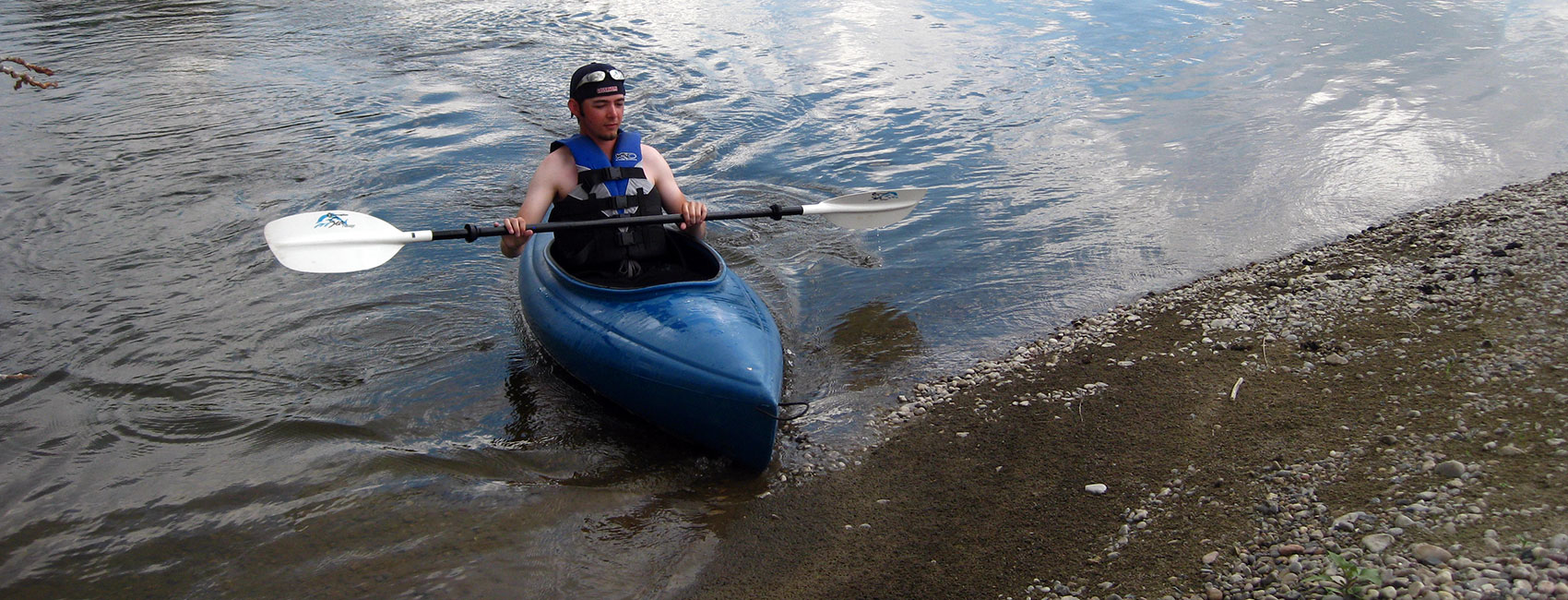The Willow Creek Watershed in the eastern Tobacco Root Mountains is an outdoor laboratory for teaching, research, and applied investigations.
Willow Creek Watershed
The setting is the centerpiece of the Department of Earth and Atmospheric Sciences’ field environmental programs in Montana. It provides a framework for cooperation and benefit among students, university researchers, county, state and federal agencies, and local ranchers. The towns of Pony and Harrison are located within the watershed in Madison County, Montana. This drainage basin was chosen because of:
- its proximity to the Field Station, and ready road access
- manageable size (about 160 square miles)
- the range of micro-environments with distinct ecosystems and land usage, ranging from alpine tundra to steppe prairies
- the presence of a large surface reservoir (Harrison Lake)
- diverse bedrock types, ranging from glacial deposits underlain by crystalline bedrock to thick unconsolidated sediments containing multiple aquifers
Key elements of the demonstration watershed
Geological framework investigations are designed to understand the sedimentologic and hydrogeologic characteristics of the unconsolidated basin fill. These investigations consist of field mapping of surface exposures, analyses of drill cores and field determination of aquifer properties, such as hydraulic conductivity and storativity, and non-invasive geophysical surveys. Several IU graduate students have accomplished some of this work as part of their theses.
Hydrologic monitoring involves deployment of electronic instruments for continuous measurements of water levels in aquifers, stream stages, micrometeorological conditions (such as wind profiles, humidity and temperature gradients, solar and terrestrial radiation, etc.), and snowmelt. Sally Letsinger’s IU Ph.D. work consisted of installation of many such instruments, and developing the data-handling capabilites necessary to study their data. Descriptions of individual instrumented sites are accessible from the Willow Creek Demonstration Watershed map.
Computer modelling implements algorithms for simulating snowmelt in rugged terrain, streamflow routing, and groundwater flow in heterogeneous porous media.
Other studies have developed from teaching projects. Examples include stream assessments, the study of snow geochemistry to investigate possible relationships with orography or mountain geometry, and ranchers’ needs.
Benefits to the local community
Benefits to the local community, the State of Montana, Indiana University, and the Field Station community include:
- high-quality data base for use by ranchers and agencies in making decisions about short-term land and water use
- variety of data, expertise, and academic resources for long-term planning related to surface water irrigation and increased ground water use
- input of substantial financial and educational resources to local communities
- increased access to expert professionals for discussion and education concerning practical environmental issues involving geology and hydrology
- field setting around which a cutting-edge curriculum in environmental sciences can be developed, including access to equipment and data as well as first-hand experience in applied hydrogeological and environmental issues
- the establishment of a model for successful integration of teaching and research missions, using combined field, laboratory, computer, and theoretical approaches
- increased goodwill among all the participants in projects associated with the Willow Creek Demonstration Watershed
Daily stream report
Daily stream flow reports are only available during the “water year,” April 1 to October 1. The sensors are removed from the stream gauges during winter to prevent freezing.

 The College of Arts
The College of Arts